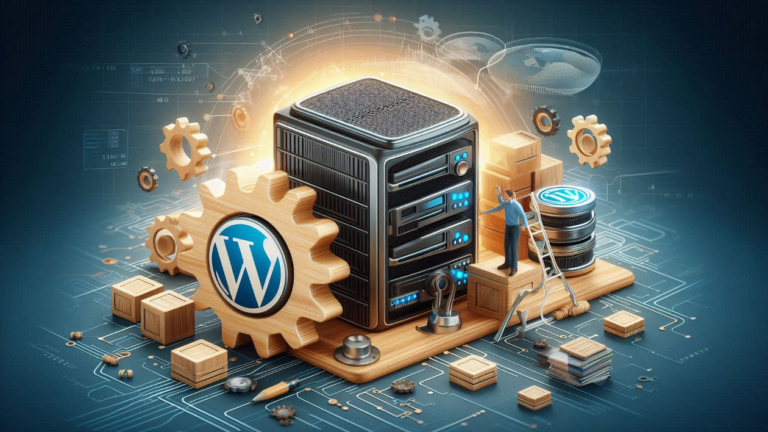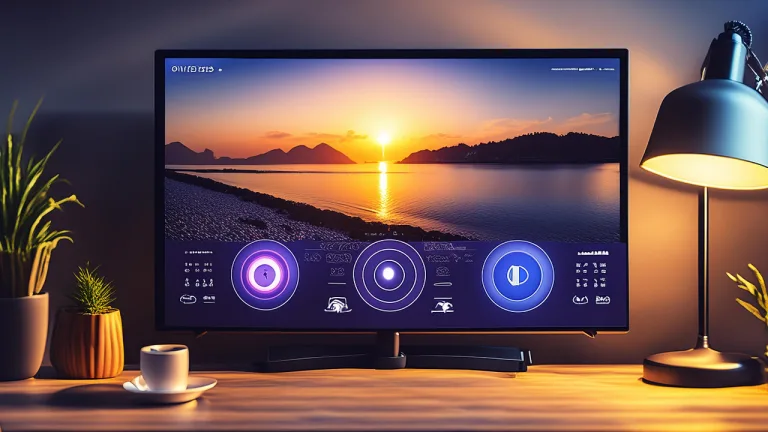Apple’s New Mac Mini: A Game-Changer in the Small Form Factor Computer Market
Apple recently release some new mac featuring the latest Apple Silicone SoC, The Apple M4. With this range of upgraded produced, Apple has once again raised the bar. The product that stands out the most to me though is the Mac Mini. This compact powerhouse is designed to deliver incredible performance in a tiny package, making it a strong contender in the small form factor computer market. Let’s dive into what makes this little box a potential giant slayer.
Features and Benefits
The new Mac Mini is powered by the either the Apple Silicon M4 or M4 Pro chip (I’m going to be focusing on the M4 chip rather than the Pro in this article), which brings significant improvements over its predecessors. The M4 chip features a 10-core CPU and 10-core GPU, delivering up to 1.8x faster CPU performance and 2.2x faster GPU performance compared to the M1 model. With this latest generation Apple has finally given up on offering only 8GB of RAM as standard and doubled this to 16GB instead. This makes it an excellent choice for both everyday tasks and more demanding workloads like video editing and 3D rendering.
One of the standout features of the new Mac Mini is its ultra-compact design. Measuring just 5 by 5 by 2 inches, it takes up minimal desk space while still offering robust performance. This makes it ideal for users with limited workspace or those who prefer a clutter-free setup. In a world where every square inch of your workspace is precious, the Mac Mini’s sleek form is a blessing.
Additionally, just like with every other generation of the Mac Mini, you only need to upgrade the parts you need to, so if your happy with you monitor, keyboard and mouse there’s no need to change them, just swap out the Mac Mini itself and you are good to go. I love this approach to computing rather than laptops or All-In-One computers where the whole thing needs to go off to be recycled or to Silicone Heaven.
Connectivity and Upgradability
The Mac Mini (M4) comes with a variety of ports, including three Thunderbolt 5 ports, two USB-C ports, an HDMI 2.1 port, an Ethernet port, and a headphone jack. This extensive connectivity ensures that users can easily connect their favourite peripherals and up to 3 external displays. One potential downside is the lack of USB-A ports, which if you’re coming from the older intel gubernations of Mac, might require users to invest in adapters for their existing accessories.
One aspect that potential buyers need to consider is the pricing structure for upgrades. Apple has opted for a model where upgrades such as additional RAM and increased storage must be configured at the time of purchase. This is because the components of the Mac Mini are not user-upgradable after the fact. While this ensures a more streamlined and optimized design, it can also lead to a hefty price tag.
You have 3 Memory Options, 16GB, 24GB if you add £200 to the based price & 32GB but make sure you add another £400 on top of the base price, 4 storage options 256GB, 512GB (+£200), 1TB (+£400) and 2TB (+£800) and the option for a 10GB Ethernet for an additional £100. With a base price of £599 for the 16GB RAM, 256GB Storage and 1GB Ethernet just upgrading the RAM to a not unreasonable 32GB and upgrading the storage to 512GB (again not unreasonable) you could actually afford to just buy another base model Mac Mini instead and have the benefit of an additional M4 Chip.
It’s a bit like choosing between a top-shelf gourmet meal and a solid buffet: both have their merits, but you’ve got to weigh the cost. Personally I think If I was spending £1200 on the mac mini I’d go with the two base model. have one I use as my daily driver and then have the other running as a MacOS based Home server that I can run docker on or have an instance of blender that I can send renders to to free up the workload on my daily driver so I can crack on with other tasks.
As quick comparison, you can get a Lenovo IdeaCentre 3 Desktop PC with an intel i5 14400 CPU, 8GB RAM, and a 512gB SSD from Currys for £600. So whilst you do get more storage you get twice as much RAM and a better CPU and standard and that not including addition features built into the OS and SoC such as media encoding, dedicated AI cores, the 10 core GPU or features such as continuity camera, the ability to see and use you phone on the Mac or Apple Intelligence.
Environmental Impact
Apple has also made strides in sustainability with the new Mac Mini. It is the company’s first carbon-neutral Mac, with an over 80% reduction in greenhouse gas emissions across its materials, manufacturing, transportation, and customer use. This commitment to environmental responsibility is a significant step forward for the tech industry. Rather than the chassis being carved out of a solid block of aluminium like the older generations these latest models and basically injection moulded instead using a boat load less metal in the process, all of which apple tells us in recycled. Now, you can compute with a clean conscience.
Taking Over the Small Form Factor Computer Market
With its powerful performance, compact design, and commitment to sustainability, the Mac Mini is well-positioned to dominate the small form factor computer market. Its versatility and affordability make it an attractive option for a wide range of users, from students and home users to small business owners and creative professionals.
The Mac Mini stands out in the market because it offers the performance of much larger desktops while maintaining a sleek, minimalistic footprint. The Apple Silicon M4 chip, in particular, provides an impressive balance of power and efficiency, making it suitable for a variety of applications—from casual computing to professional content creation.
I compared the M4 4 with a few rival chips from Intel, AMD and Samsung and found that for Single Core the M4 SoC whilst middle of the pack in Cinebench R23 & Passmark It comes top of the pack in Geekbench V6 and multi-core the M4 SoC stayed in bottom 3 or 4 depending on the workload, though the same can be said of the two Samsung Snapdragon SoCs too. The shocker come when you look at the power (TDP) each chip uses and you’ll see the Apple M4 using just 22W of power.
Comparing the Single-Core and Multi-Core performance of the chips, when it comes to Single core the closest option overall is the Ryzen 9 9950X and multicore is the Intel Core i7 14700. The shocking thing here is that the M4 uses 7 times less power than the AMD Chip and around 3 times less power than the Intel. It’s just a pity that Apple haven’t managed to boost the Multi-Core scores but hopefully we’ll see this over the next few generations of the M Series of SoCs.
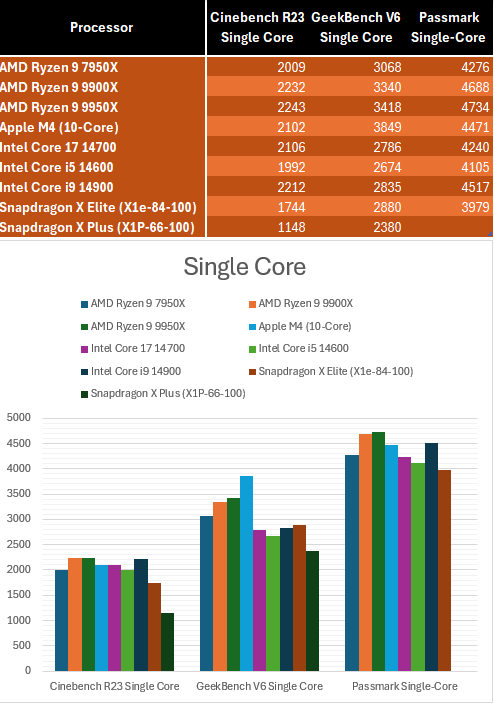

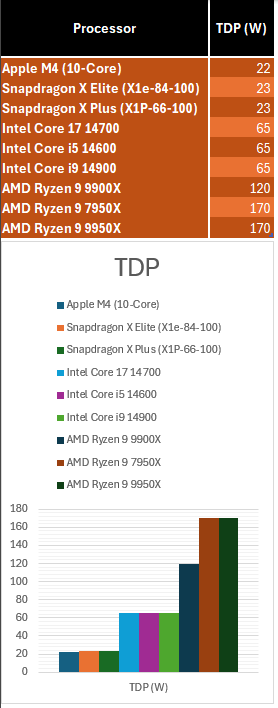
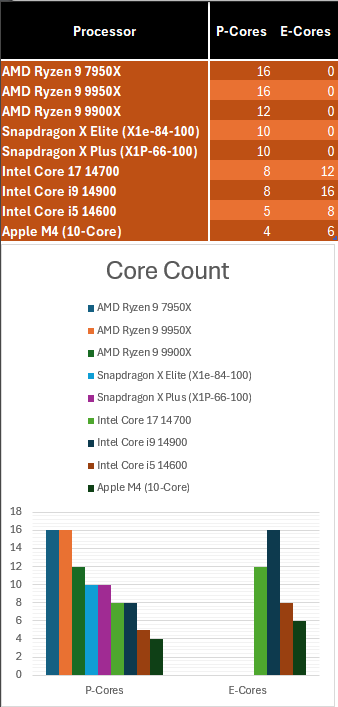
Apple’s strong brand reputation and robust ecosystem also play a crucial role. The seamless integration with other Apple products and services enhances the overall user experience, making the Mac Mini an enticing option for those already invested in the Apple ecosystem. Imagine effortlessly syncing your iPhone, iPad, and Mac Mini—it’s a harmony that’s hard to resist.
Conclusion: A New Standard for Small Form Factor Computers
In conclusion, the new Mac Mini is a testament to Apple’s innovation and dedication to delivering high-quality, efficient computing solutions. While there are some areas for improvement, particularly in the pricing structure for upgrades and the multi-core performance, the overall package is impressive and sets a new standard for small form factor computers.
Whether you’re a seasoned professional looking for a powerful yet compact machine, or a student needing a reliable computer for schoolwork and entertainment, the Mac Mini (M4) is a stellar choice. Its blend of performance, design, and sustainability might just be Apple’s key to taking over the small form factor computer market.
I’d love to know what you think. Do you the M4 is ready to take over the Small Form Factor market, with it’s power efficiency and small size? Might be a silly question but what do you think of Apple’s upgrade pricing? Let me know in the comments below or on the social post that bought you here.




